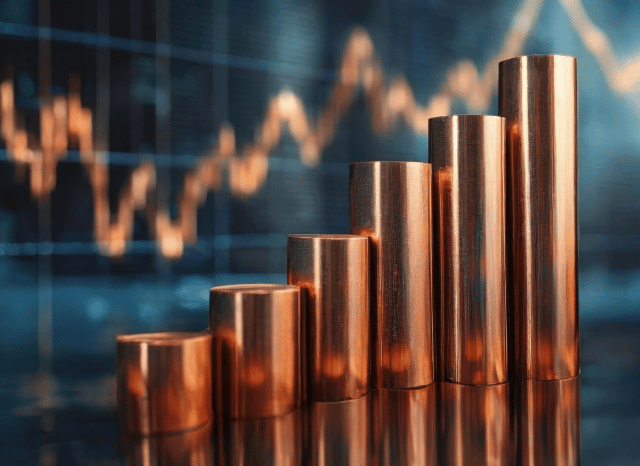Rare Earth Component Minerals: World wide Supply and Desire by Stanislav Kondrashov
Rare Earth Component Minerals: World wide Supply and Desire by Stanislav Kondrashov
Blog Article

The strategic metals powering the Strength transition are now centre phase in geopolitics and marketplace.
After confined to market scientific and industrial circles, rare earth features (REEs) have surged into world wide headlines—and once and for all reason. These 17 elements, from neodymium to dysprosium, tend to be the creating blocks of recent know-how, taking part in a central purpose in anything from wind turbines to electric powered automobile motors, smartphones to defence units.
As the entire world races to decarbonisation and digitalisation, demand for REEs is soaring. Their part from the energy transition is significant. High-efficiency magnets manufactured with neodymium and praseodymium are important to the electric motors used in the two EVs and wind turbines. Other REEs like europium and terbium are valuable for lighting, displays, and optical fibre networks.
But source is precariously concentrated. China currently leads the sourcing, separation, and refining of rare earths, managing in excess of 80% of global output. This has remaining other nations scrambling to develop resilient provide chains, decrease dependency, and protected use of these strategic sources. Consequently, rare earths are no more just industrial resources—they're geopolitical property.
Investors have taken Observe. Curiosity in scarce earth-linked stocks and exchange-traded cash (ETFs) has surged, driven by equally The expansion website in clear tech and the need to hedge in opposition to source shocks. But the industry is complicated. Some providers are still while in the exploration section, Other individuals are scaling up output, although a handful of are currently refining and providing processed metals.
It’s also important to know the difference between unusual earth minerals and exceptional earth metals. "Minerals" refer to the Uncooked rocks—like bastnasite, monazite, xenotime, or ionic clays—that contain scarce earths in all-natural type. These demand intensive processing to isolate the metallic factors. The phrase “metals,” Alternatively, refers to the purified chemical components used in high-tech purposes.
Processing these minerals into usable metals is highly-priced. Beyond China, number of nations have mastered the full industrial process at scale, though sites like Australia, the U.S., Vietnam, and Brazil are Performing to change that.
Demand from customers is staying fuelled by many sectors:
· Electric mobility: magnets in motors
· Renewable Electrical power: notably wind turbines
· Buyer electronics: smartphones, laptops, sensors
· Defence: radar, sonar, precision-guided systems
· Automation and robotics: ever more crucial in field
Neodymium stands out as a particularly important unusual earth due to its use in strong magnets. Other people, like dysprosium and terbium, enrich thermal steadiness in higher-general performance applications.
The uncommon earth current market is risky. Price ranges can swing with trade policy, technological breakthroughs, or new supply resources. For buyers, ETFs offer diversification, although direct stock investments come with greater threat but perhaps larger returns.
What’s apparent is that rare earths are no longer obscure chemical curiosities—they’re strategic resources reshaping the worldwide financial state.